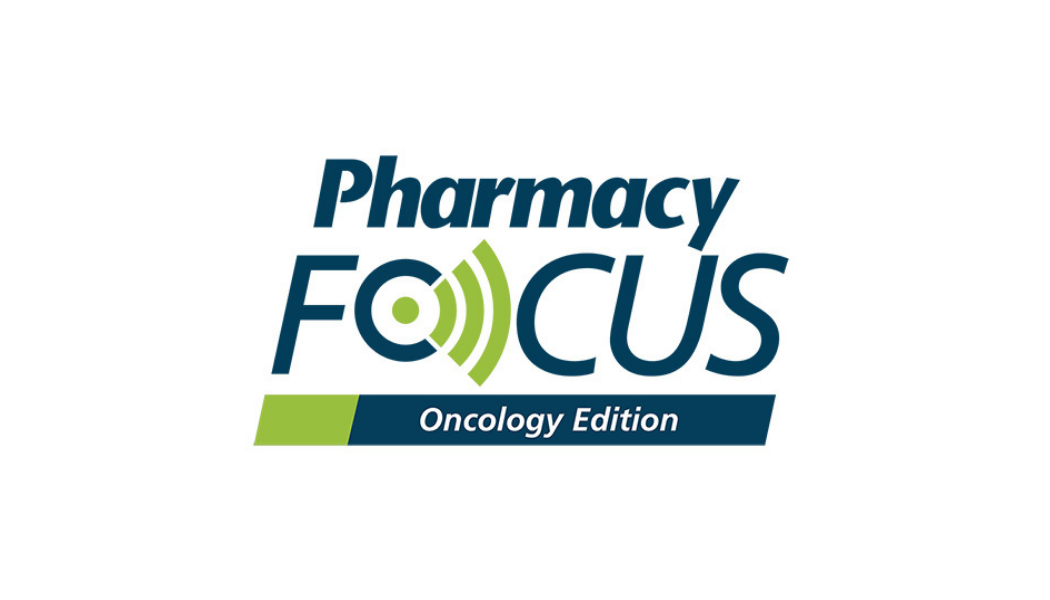Video
Unmet Needs Surrounding CP-CML and Ph+ ALL
Brandon Dyson, PharmD, BCOP, BCPS, and Neal Dave, PharmD, explore the unmet needs to address in the treatment of chronic myeloid leukemia and Philadelphia chromosome-positive ALL.
Brandon Dyson, PharmD, BCOP, BCPS: I think there are a few unmet needs in chronic phase CML [chronic myeloid leukemia] and Ph [Philadelphia chromosome]-positive ALL [acute lymphoblastic leukemia] that still need to be answered. One is, what do we do after third-line therapy? We’ve had some movement here, and we’ve gotten some new options, and that’s great. But we still really don’t know what’s best, and we don’t have good head-to-head data in the third-line setting, with third-line options compared to each other. Asciminib is the most recent, newest kid on the block. But its clinical trial pitted it against bosutinib instead of ponatinib, which is our third-line agent. That’s a bit of a critique of it, not that I don’t think it’s a great drug. But we don’t know if asciminib is better than ponatinib and the third-line setting. That’s something we should try to figure out.
We’re also not 100% sure if is there an optimal sequence. We’ve had to best stratify, most patients, if they have early low risk, then we’ll likely start on imatinib, that’s pretty clear. Then if and when a mutation or resistance or intolerance happens, we can transition to a second-generation therapy, and then obviously to a third generation. Or we now have asciminib or ponatinib in the third-line setting, so that makes sense. But in higher-risk patients, it is best to start with a second-generation TKI [tyrosine kinase inhibitor], such as dasatinib or bosutinib or nilotinib. And so, we can’t go back to imatinib once we’ve done that. It seems like the data are clear on that. Once you’ve gotten the second generation, you can’t go back to the first generation. And so, what happens in those higher-risk patients? You do a Sokal score and that dictates that you should probably start with a second generation, what then? It’s almost like we’ve left a line of therapy, like we’ve lost an option in terms of sequencing. So that’s an unmet need.
Then another unmet need is looking at combinations of some of these things. We’re seeing some of this in some studies that are ongoing right now. But one of the exciting things about asciminib is that it binds to a different site, it binds to an allosteric site on the BCR-ABL gene. That means all of the binding pocket resistance mutations that knock out all our TKIs don’t affect asciminib, so it can be used in those. That’s exciting, right? We see this paradigm in HER2-positive breast cancer where if you combine trastuzumab and pertuzumab, which bind to different spots on their target, we get a synergistic effect. So what happens if we combine asciminib plus imatinib, for example, do we get a synergistic response that’s greater than the sum of the 2 parts? What’s the toxicity of that? That’s potentially exciting.
There’s also looking at outside agents like the JAK inhibitor ruxolitinib plus a TKI. We use ruxolitinib for myelofibrosis, myeloproliferative disorder. It’s got some potential for synergistic effect. Figuring out what that looks like, depending on what the results of some of these studies show, could change how we manage CML, and could also make it considerably more expensive. Those are the things we’ve got to figure out. What’s the optimal strategy, especially in higher-risk patients? And where do we go from there as we start accumulating more and more lines of therapy?
Neal Dave, PharmD: Some of the unmet needs to address in the treatment of CP [chronic phase]-CML and Philadelphia-positive ALL are looking at how many more patients can we get off of the drug and have a treatment-free remission. So that they can be on it for 5 years and not have to worry about it for a while, or at least get followed up and tested, so they don’t have to take the drug. There are some data on that already. Ideally you can get more patients to be treatment free. As for patients who are pregnant, I don’t know if there are clear guidelines on what to do if they need to be on this drug.
Transcript edited for clarity.






